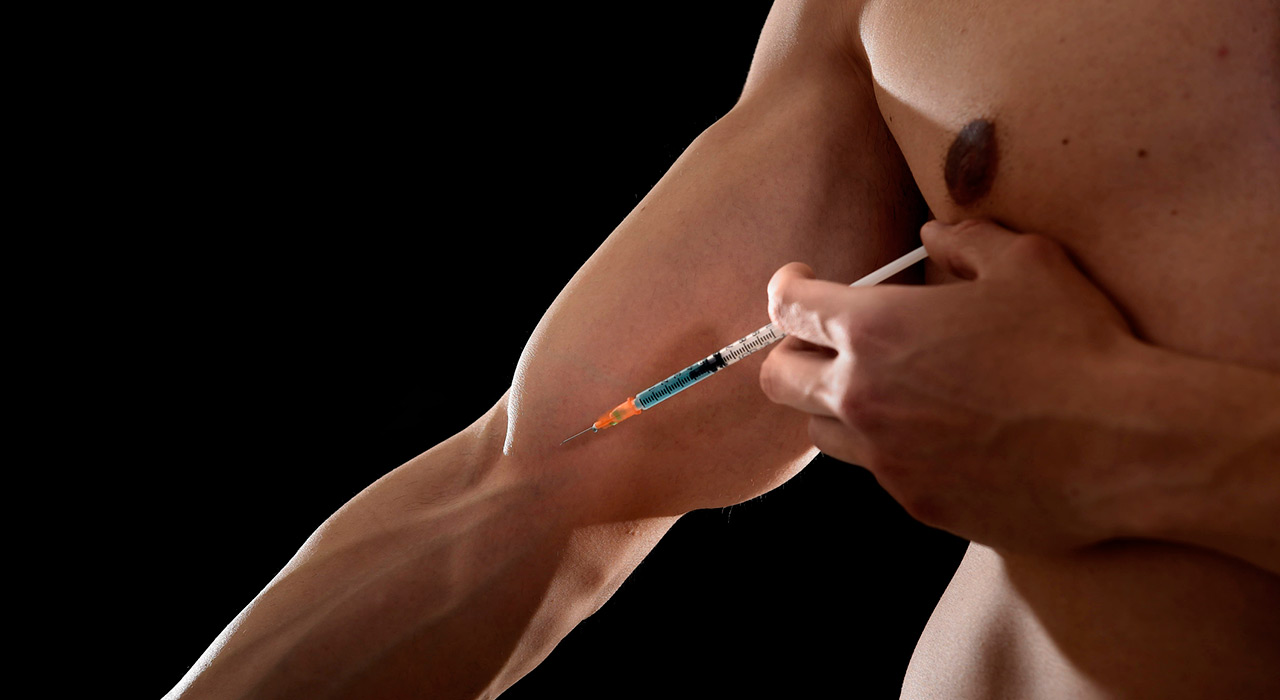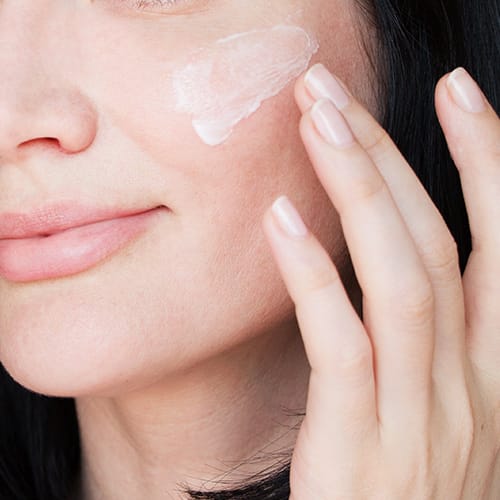Sports performance-enhancing drugs (PEDs) have been used to improve athletic performance for decades. The science behind these drugs involves various mechanisms that enhance physical and mental abilities.
Anabolic Steroids
Mechanism:
- Mimic the effects of the male hormone testosterone.
- Promote protein synthesis and muscle growth.
- Increase lean muscle mass and strength.
Effects:
- Enhanced muscle recovery and growth.
- Improved strength and endurance.
- Increased aggression and competitiveness.
Side Effects: Liver damage, cardiovascular diseases, changes in cholesterol levels, high blood pressure, hormonal imbalances, infertility, and psychological effects like aggression and mood swings.
Common Anabolic Steroids:
- Testosterone: The primary male sex hormone, used to increase muscle mass and strength.
- Nandrolone (Deca-Durabolin): Used for muscle growth and recovery.
- Stanozolol (Winstrol): Used for lean muscle gain and increased strength.
- Dianabol (Methandrostenolone): Known for rapid muscle and strength gains.
Erythropoietin (EPO)
Mechanism:
- Stimulates red blood cell production.
- Increases the oxygen-carrying capacity of the blood.
Effects:
- Enhanced aerobic capacity and endurance.
- Improved performance in endurance sports.
Side Effects: Increased blood viscosity, which can lead to hypertension, blood clots, strokes, heart attacks, and pulmonary embolism.
Common Erythropoietin:
- Recombinant EPO (Epoetin alfa): A synthetic form of EPO used to treat anemia in patients with chronic kidney disease, but also abused in endurance sports to enhance performance.
- Darbepoetin alfa (Aranesp): A longer-lasting form of EPO used for similar purposes.
Human Growth Hormone (HGH)
Mechanism:
- Stimulates growth, cell reproduction, and regeneration.
- Increases muscle mass and decreases fat.
Effects:
- Enhanced recovery and muscle growth.
- Increased lean body mass.
Potential Side Effects: Joint pain, muscle weakness, insulin resistance, and an increased risk of diabetes and cardiovascular disease.
Common Human Growth Hormones:
- Somatropin: The synthetic form of human growth hormone used for growth hormone deficiency but abused by athletes for muscle growth and recovery.
- Norditropin: Another brand of synthetic HGH.
Stimulants
Mechanism:
- Increase the activity of the central nervous system.
- Boost energy, alertness, and focus.
Effects:
- Improved reaction times and cognitive function.
- Enhanced endurance and reduced perception of fatigue.
Side Effects: Addiction, cardiovascular problems, anxiety, and insomnia.
Common Stimulants:
- Amphetamines (Adderall): Used to increase alertness and energy.
- Ephedrine: Common in weight loss supplements and used to enhance energy and focus.
- Caffeine: Widely used in sports for its performance-enhancing effects.
- Modafinil (Provigil): Used to promote wakefulness and improve cognitive function.
Beta-2 Agonists
Mechanism:
- Relax bronchial muscles and improve breathing.
- Increase muscle mass and reduce fat.
Effects:
- Improved respiratory function and endurance.
- Enhanced muscle growth and fat reduction.
Potential Side Effects: Tremors, headaches, and palpitations.
Common Beta-2 Agonists:
- Clenbuterol: Used for fat loss and to improve aerobic capacity.
- Salbutamol (Albuterol): Commonly used for asthma but abused for its performance-enhancing effects.
Diuretics
Mechanism:
- Increase urine production and eliminate excess fluid from the body.
Effects:
- Rapid weight loss to meet weight categories.
- Mask the presence of other drugs.
- Risks: Dehydration, electrolyte imbalances, and kidney damage.
Common Diuretics:
- Furosemide (Lasix): Used to treat fluid retention and high blood pressure, but abused for rapid weight loss.
- Hydrochlorothiazide: Another diuretic used for similar purposes.
Peptide Hormones and Analogues
Mechanism:
- Mimic naturally occurring hormones to enhance performance.
- Examples include insulin-like growth factor (IGF-1) and gonadotropins.
Effects:
- Enhanced muscle growth and recovery.
- Improved healing of injuries.
Side Effects: Metabolic disturbances and an increased risk of cancer.
Common Peptide Hormones and Analogues:
- Insulin-like Growth Factor-1 (IGF-1): Promotes muscle growth and recovery.
- Human Chorionic Gonadotropin (hCG): Used to stimulate testosterone production.
- Melanotan II: Sometimes abused for its tanning and potential muscle-building properties.
- Thymosin Beta-4 (TB-500): Used for its potential healing properties and muscle recovery.
The use of performance-enhancing drugs in sports involves complex physiological processes and has profound impacts on athletic performance. While these substances can provide significant competitive advantages, their use carries substantial health risks and ethical considerations. Anti-doping agencies continue to develop more sophisticated testing methods to detect and deter the use of PEDs, aiming to preserve the integrity of sports and protect athletes’ health.


